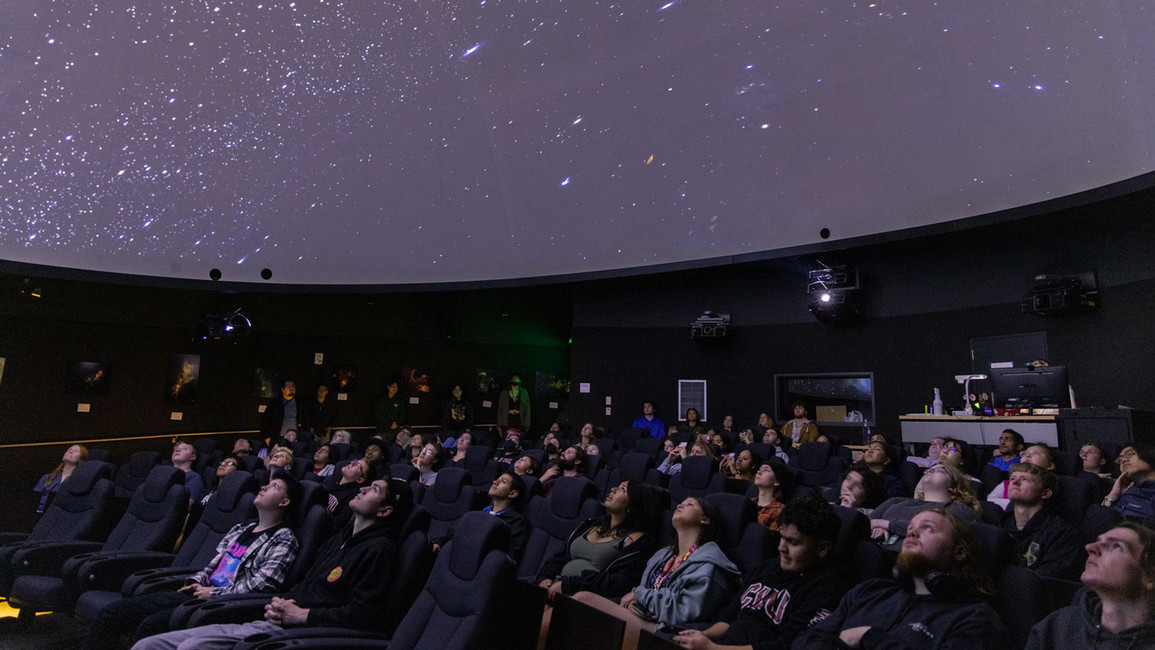
Physics
Research Areas
For more information, please see individual research pages.
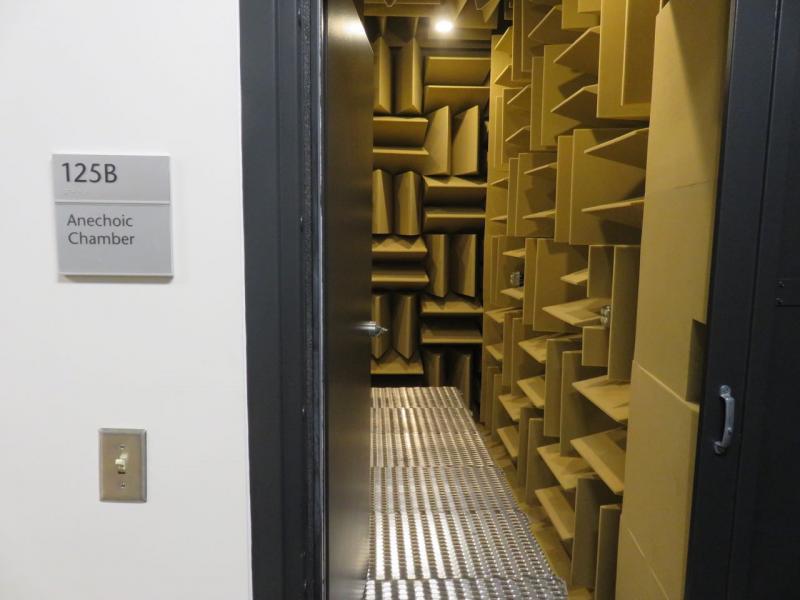
Modeling sonic booms from maneuvering aircraft. Experimental and computational investigation of the effect of internal pressure on the resonance frequencies of a spherical aluminum shell. Experimental and computational study of wave behavior in a tensegrity mast. Measuring and modeling wind turbine noise. Laboratory investigations musical instruments.
Faculty: Piacsek
Astronomy and Planetary Science:

Observing near-Earth asteroids, Kuiper Belt objects, comets, stars, and planets with CWU’s telescopes including a 0.6-m observatory. Building a new high-resolution spectrograph that will use Doppler shifts to search for extrasolar planets. Analysis of data from space-based observatories including Hershel and Cassini. Development of computational models to study planetary atmospheres.
Faculty: Fallscheer, Snowden, Braunstein
Biophysics:
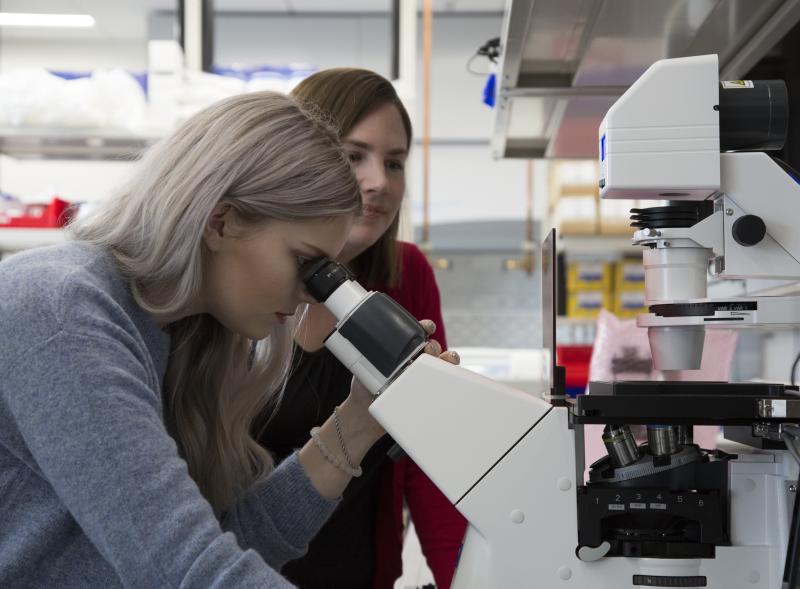
Computational models to investigate how biological cells perform mechanical tasks, including intracellular transport and cell motility. Development of laboratory techniques to investigate molecular motor-based transport. Use of live-cell fluorescence microscopy, molecular biology, genetics, and computational modeling to investigate spatio-temporal organization in bacterial cells.
Faculty: Craig, Kuwada
Condensed Matter:
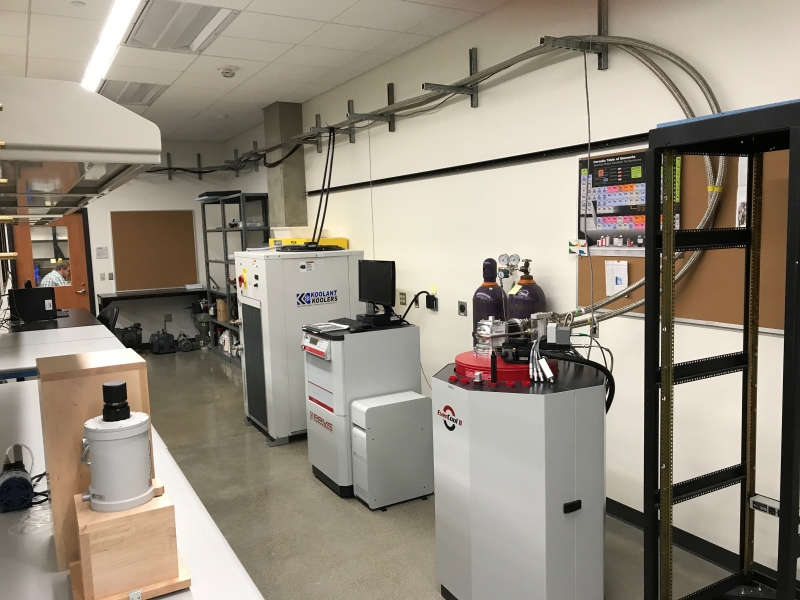
Experimental investigations of strongly correlated electron phenomena and ground states in novel oxide and intermetallic condensed matter systems. Phenomena of interest include unconventional superconductivity, magnetic order, spin- and charge-density waves, heavy-fermion physics, non-Fermi liquid behavior, and classical and quantum critical behavior.
Faculty: White
Radiation, Optical, and Atomic Physics:
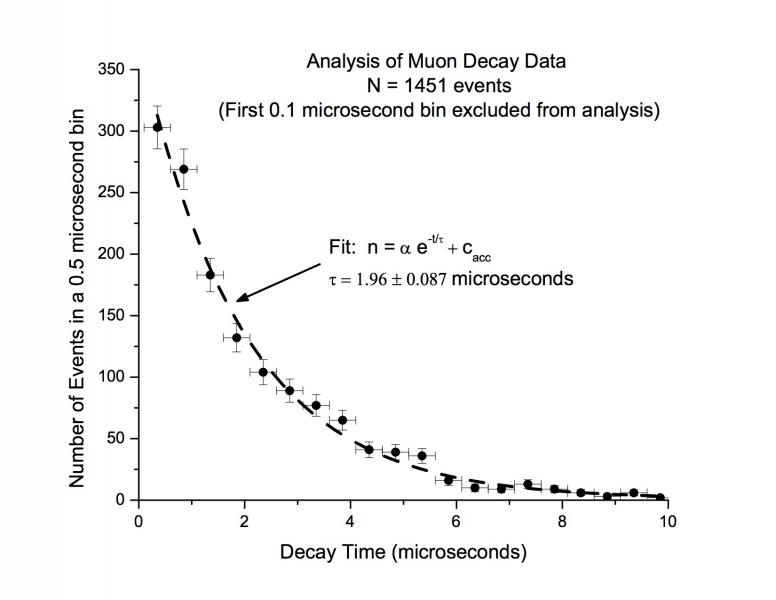
High-resolution experiments to identify and understand phenomena associated with nuclear radiation, and to test physical models. Development of apparatus to measure quantum phenomena of entangled photons, apply optical trapping techniques for trapped matter experiments, measure atomic properties and atom-light interactions, and characterize laser properties and laser-matter interactions.
Faculty: Braunstein, Kuwada
Instrumentation Development and Modeling:
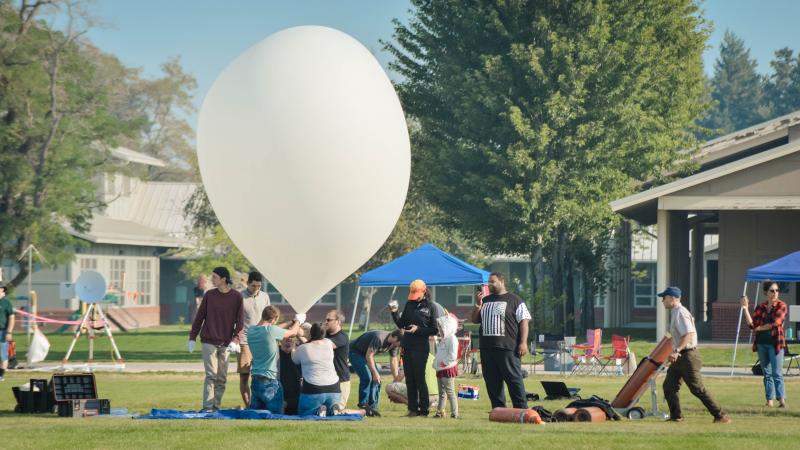
Developing laboratory apparatus, instruments, electronic circuits, and software to perform measurements, analyze and/or display physical phenomena, and to serve the physics curriculum. High altitude balloon experiments to study the Earth’s stratosphere. These are typically "hands-on" projects and develop "real world" skills.
Faculty: All faculty
Physics Education:
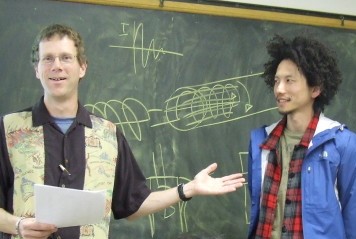
Developing new educational and outreach methods and curriculum, especially in the fields of astronomy and biophysics. Investigations into the effectiveness of in-class learning assistants and spin-up implementation guidelines (such as employing active learning techniques in the classroom).
Faculty: Palmquist, Piacsek, Braunstein, Craig
Planetarium Outreach and Research:
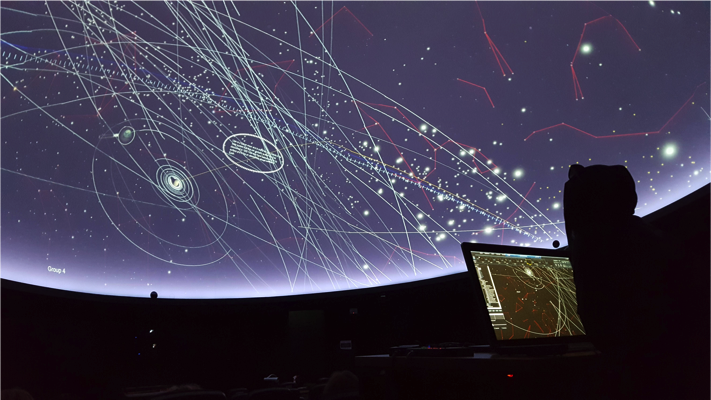
Creating, performing, and distributing planetarium shows and associated curriculum for the CWU Lydig Planetarium as well as the CWU traveling planetarium. Developing STEM lessons that utilize the CWU planetariums and the free program called WorldWide Telescope.
Faculty: Palmquist
CWU News
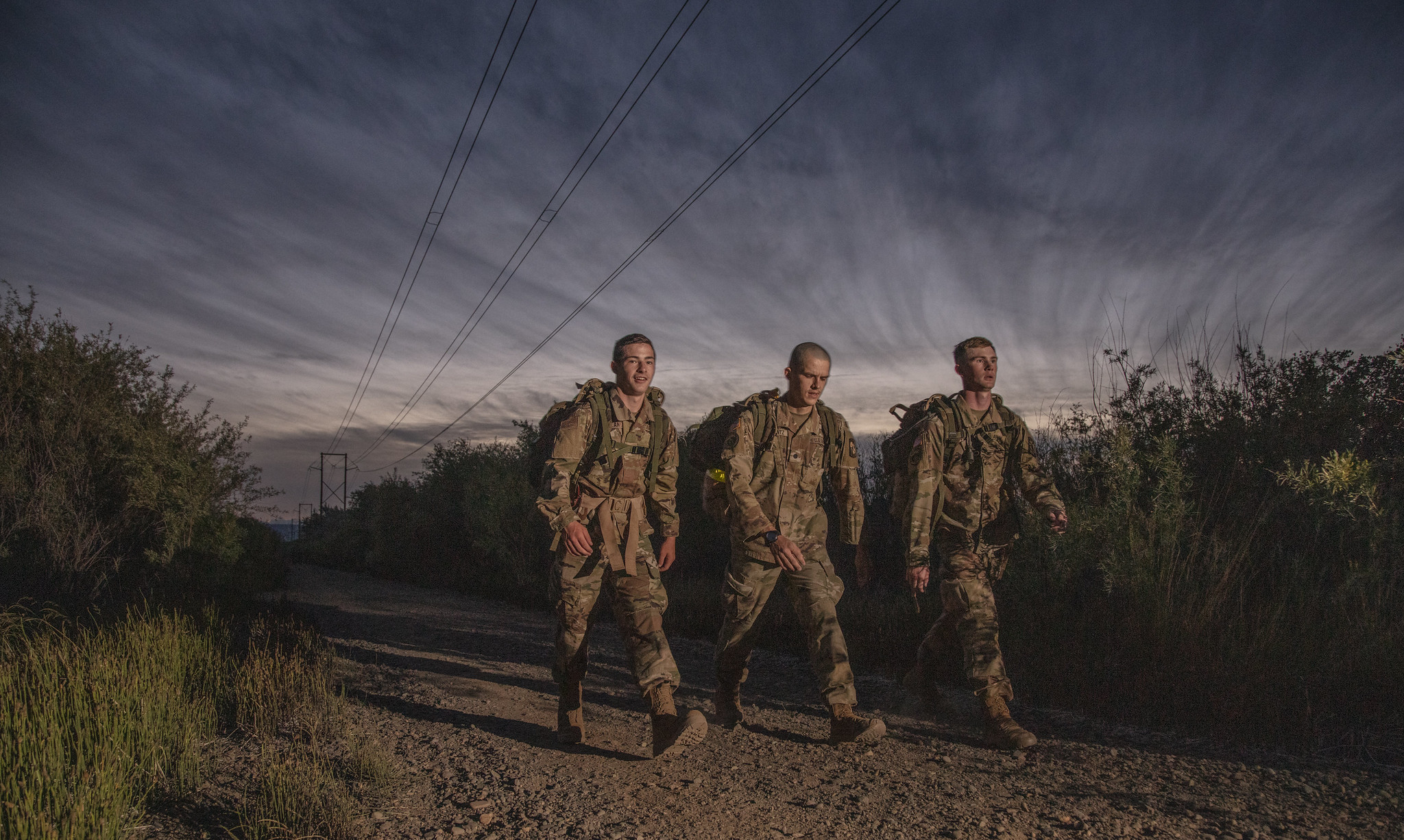
CWU Army ROTC to host nighttime Norwegian Foot March this Friday
May 1, 2024
by Rune Torgersen
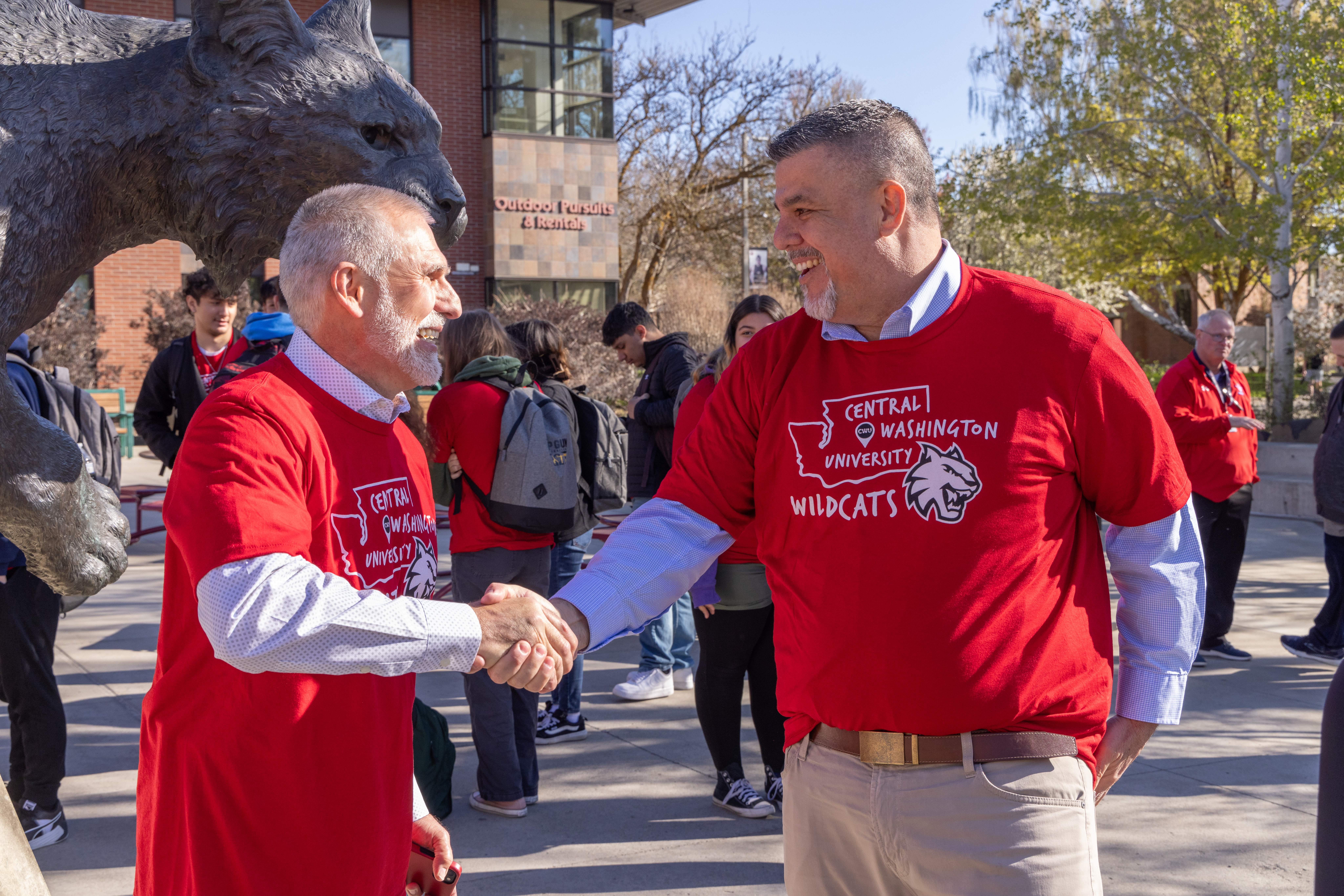
Grant-funded Limitless network brings Yakima students to CWU
May 1, 2024
by Rune Torgersen